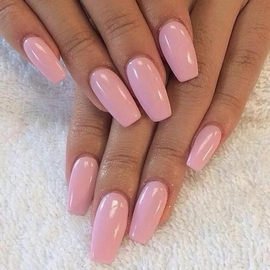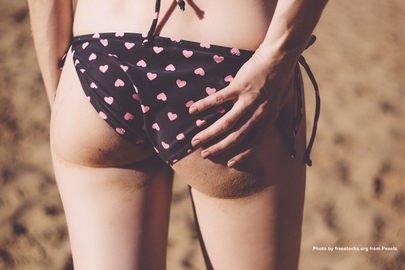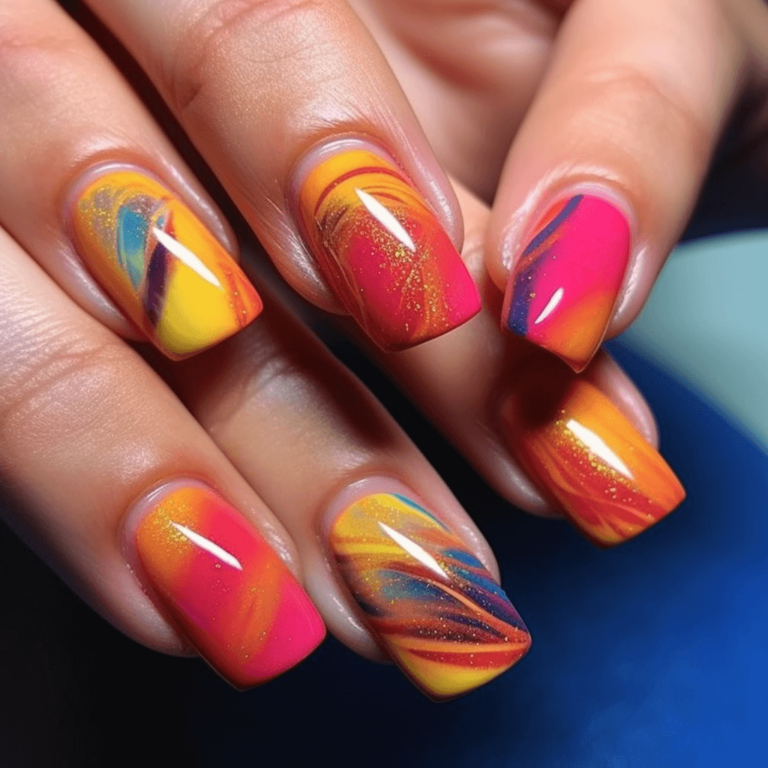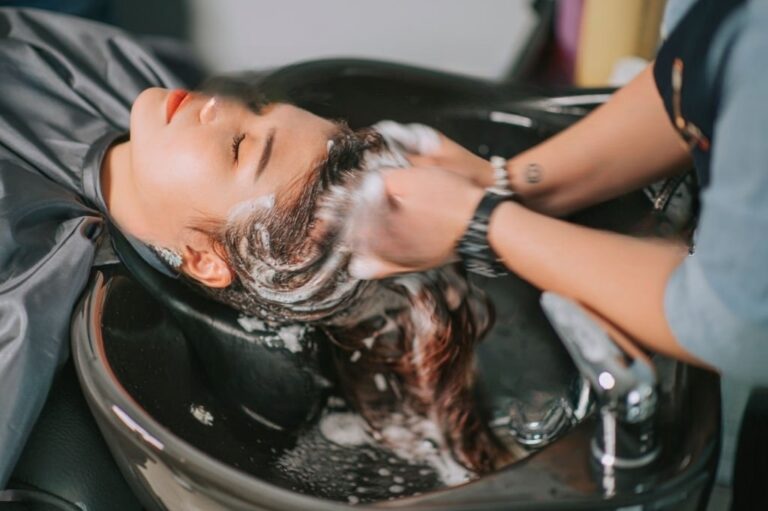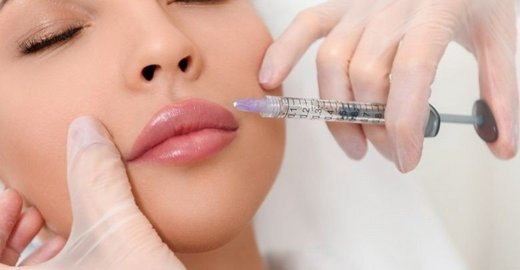A QUICK GLANCE…
Henna tattoos, also known as Mehndi, typically last for about one to three weeks, depending on various factors. The longevity of a henna tattoo is influenced by factors such as the quality of the henna paste used, the individual’s body chemistry, the location of the tattoo, and the aftercare. Generally, henna tattoos start off dark and gradually fade over time as the skin exfoliates naturally. To prolong the lifespan of a henna tattoo, it is advisable to keep the area moisturized, avoid excessive exposure to water, and refrain from scrubbing or exfoliating the tattooed area.
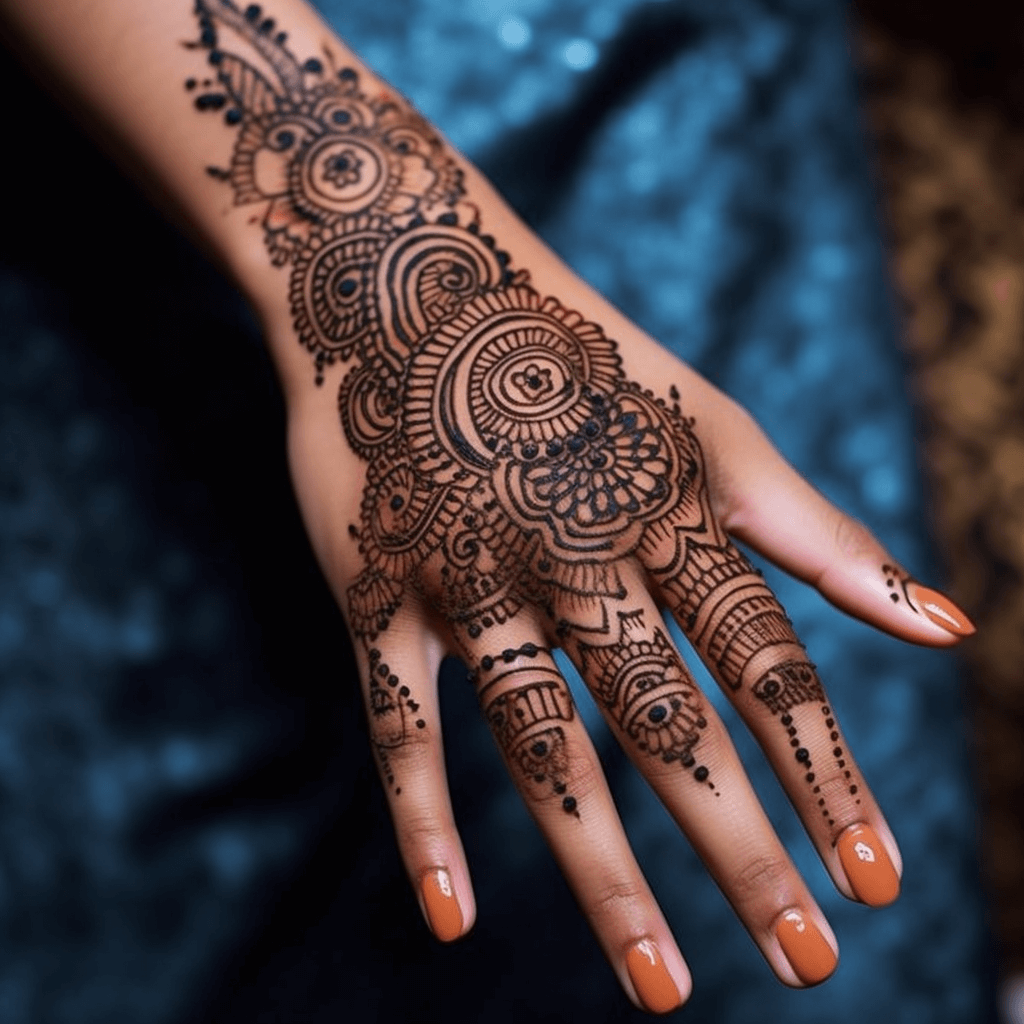
Have you ever wondered how long a henna tattoo lasts?
As someone who loves getting henna designs, I know that the longevity of a henna stain can vary depending on a number of factors.
In this article, we’ll explore the nature of henna, the factors that affect its longevity, typical duration of henna stains, and tips for prolonging your henna design.
Henna is a natural dye made from the leaves of the henna plant. It’s been used for centuries in many cultures to create intricate designs on the skin, particularly for special occasions like weddings and religious festivals.
Because henna is a natural dye, it doesn’t penetrate the skin cells like permanent tattoos. Instead, it stains the outermost layer of skin, known as the epidermis.
This means that henna tattoos will eventually fade away as the skin naturally exfoliates and regenerates. But just how long does it take for a henna stain to disappear? Let’s find out.
Understanding the Nature of Henna
Learning about the characteristics of henna reveals how it interacts with the skin and ultimately determines its lifespan.
Henna is a natural dye made from the leaves of the henna plant, which is native to South Asia and North Africa. It has been used for centuries for various purposes, from body art to hair dye.
Henna application involves mixing the henna powder with water or lemon juice to form a paste, which is then applied to the skin or hair.
When it comes to the lifespan of henna on the skin, there are several factors that come into play, such as the quality of the henna powder, the location of the application, and the individual’s skin type. Generally, henna on the skin lasts anywhere from 1 to 3 weeks, depending on how well it was applied and how it was taken care of. Some people may experience longer-lasting stains, while others may find that their henna fades quickly.
Henna has significant cultural significance in many parts of the world, particularly in South Asian and Middle Eastern cultures. It is often used for celebrations, such as weddings and religious festivals, as a way to adorn the body and express one’s creativity.
Understanding the nature of henna and its lifespan can help ensure that the application process is done correctly and that the cultural significance of this ancient art form is respected.
Factors Affecting Henna Longevity
The key to maximizing the lifespan of your henna design lies in understanding which factors influence its staying power.
Henna application plays a crucial role in determining how long your design will last. The longer you leave the paste on your skin, the deeper the stain will be, and the longer it will last. Ideally, you should leave the paste on for at least 6-8 hours before removing it.
Additionally, the quality of the henna paste and the type of design you choose will also affect how long your henna lasts.
Skin type is another factor that can influence how long your henna lasts. People with dry skin tend to have a harder time getting a deep, long-lasting stain compared to those with oily or normal skin. To counteract this, you can moisturize your skin regularly before and after henna application to help the paste penetrate better and last longer.
Other factors that can affect henna longevity include the location of the design, exposure to water, and how well you take care of your skin. Henna designs on areas that are frequently rubbed or washed, such as the hands and feet, tend to fade faster than those on less active areas. Similarly, exposure to water can cause the design to fade faster. To prolong the life of your henna, avoid excessive sweating, swimming, or showering immediately after application.
Finally, proper skin care is essential to maintain the color of your henna. Avoid using harsh soaps or exfoliants on the area, and moisturize regularly to keep your skin hydrated and healthy.
In summary, several factors can influence how long your henna lasts, including henna application, skin type, location of the design, exposure to water, and proper skin care. By understanding these factors and taking the necessary precautions, you can enjoy your henna design for as long as possible.
Typical Duration of Henna Stains
Get ready to admire your henna design for about one to three weeks, depending on factors such as skin type and location of the design. After getting a henna tattoo, following proper henna aftercare is important to prolong its lifespan. This includes avoiding excessive contact with water and moisturizing the area regularly. If you take good care of your henna tattoo, you can expect it to last up to three weeks.
However, it’s important to note that henna fading is a natural process and the intensity of the color will gradually decrease over time. The color of the henna stain will be darkest in the first few days after application, and then gradually fade as the skin exfoliates and renews itself.
This is why it’s recommended to get a henna tattoo a few days before a special occasion, so that the design will be at its peak.
It’s worth noting that the duration of henna stains can vary depending on the location of the design on your body. Generally, henna tattoos on the hands and feet tend to last longer than those on other parts of the body. This is because the skin on the hands and feet is thicker, which allows the henna to penetrate deeper and leave a longer-lasting stain.
Regardless of the location, with proper henna aftercare, you can expect to enjoy your henna tattoo for up to three weeks.
Tips for Prolonging Your Henna Design
To keep your henna design looking fresh and vibrant, make sure you’re taking care of it properly by moisturizing regularly and avoiding excessive water contact.
Moisturizing techniques include applying a mixture of lemon juice and sugar to the design, which helps to seal in the henna and keep it hydrated. You can also use coconut oil or shea butter to keep the skin moisturized and prevent the henna from cracking or fading.
Aftercare routines are also important for prolonging the life of your henna design. Avoid using soap or other harsh chemicals on the area for at least 24 hours after the henna is applied. Instead, rinse the area with water and gently pat it dry with a soft towel.
Avoid swimming or soaking in water for at least 48 hours, as this can cause the henna to fade more quickly. In addition to moisturizing and aftercare routines, it’s also important to avoid rubbing or picking at the henna design.
This can cause the henna to flake off more quickly and can also cause the design to blur or smudge. Instead, let the henna dry and flake off naturally, and avoid touching the area as much as possible.
By following these tips, you can help to prolong the life of your henna design and keep it looking beautiful for as long as possible.
Removing Henna Stains Safely and Effectively
If you’ve ever gotten a henna design and wondered how to safely and effectively remove the stain, keep reading.
There are natural henna alternatives that can be used to remove the stain. Lime juice, baking soda, and toothpaste are some of the most common DIY henna removal techniques.
Lime juice works by breaking down the henna pigment, while baking soda acts as a gentle exfoliant. Toothpaste can also be used as a mild abrasive to remove henna stains.
However, it’s important to note that these DIY techniques can be harsh on the skin and may not work for everyone. It’s always best to test a small area of skin first before trying any of these methods.
Additionally, if you have sensitive skin or a history of allergic reactions, it’s best to consult a dermatologist before attempting any henna removal techniques.
If these natural henna removal alternatives don’t work for you, there are other options available. Salons and spas often offer professional henna removal services using specialized products.
These products are designed to safely and effectively remove henna stains without damaging the skin. Again, it’s important to do your research and choose a reputable salon or spa before undergoing any henna removal treatment.
Conclusion
Overall, the longevity of henna stains will depend on various factors such as the quality of the henna paste, the location of the design, and how well the stain was taken care of.
On average, henna stains last between one to three weeks, but this can vary from person to person. By following the tips mentioned above, you can prolong the life of your henna design and enjoy it for as long as possible.
However, keep in mind that henna is a temporary form of body art, and eventually, the stain will fade away. When it’s time to remove the henna, use safe and effective methods such as gently exfoliating the skin or using natural oils to help break down the henna pigment.
With a little bit of care and patience, you can enjoy beautiful henna designs that will enhance your beauty and style.
